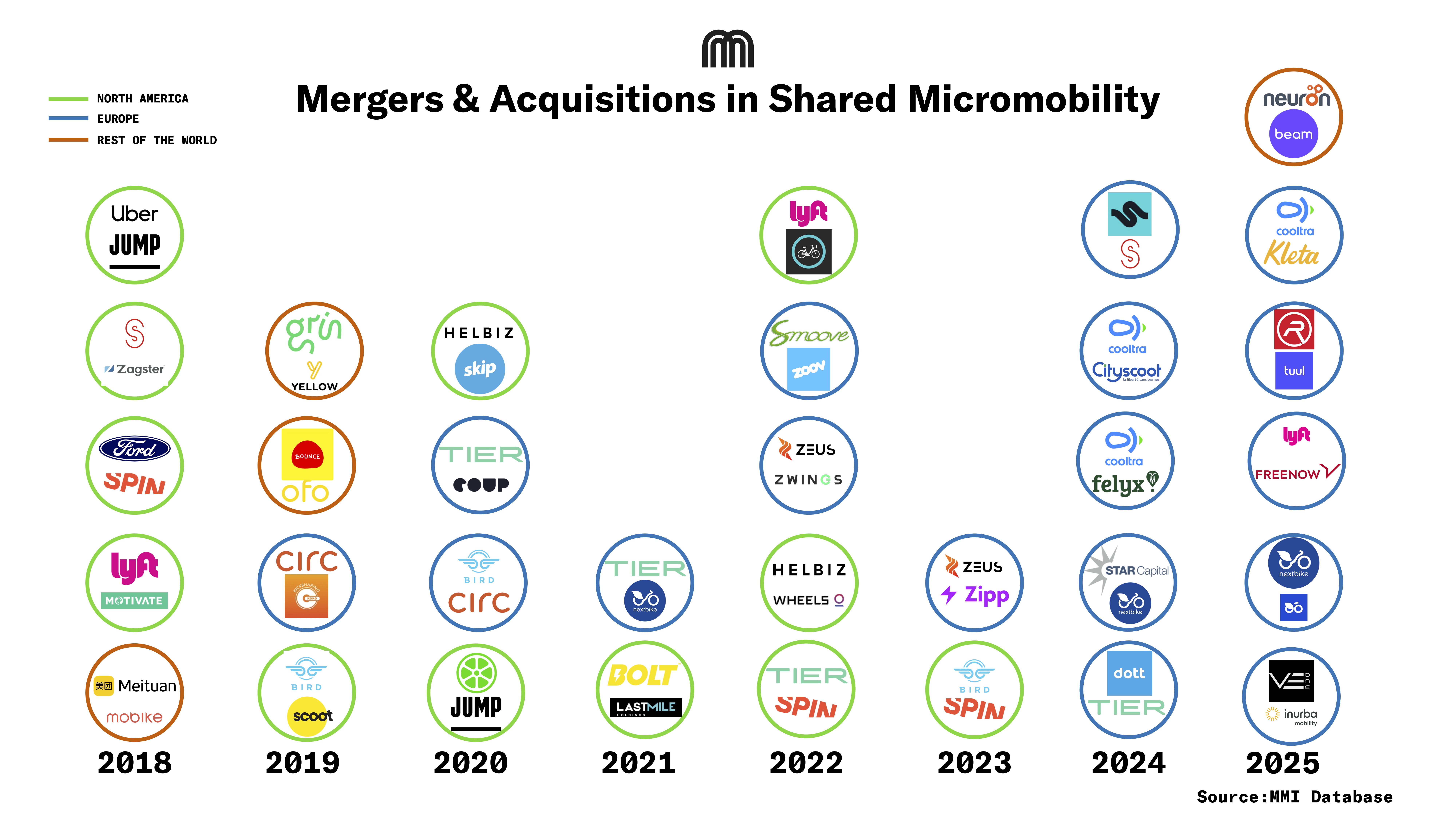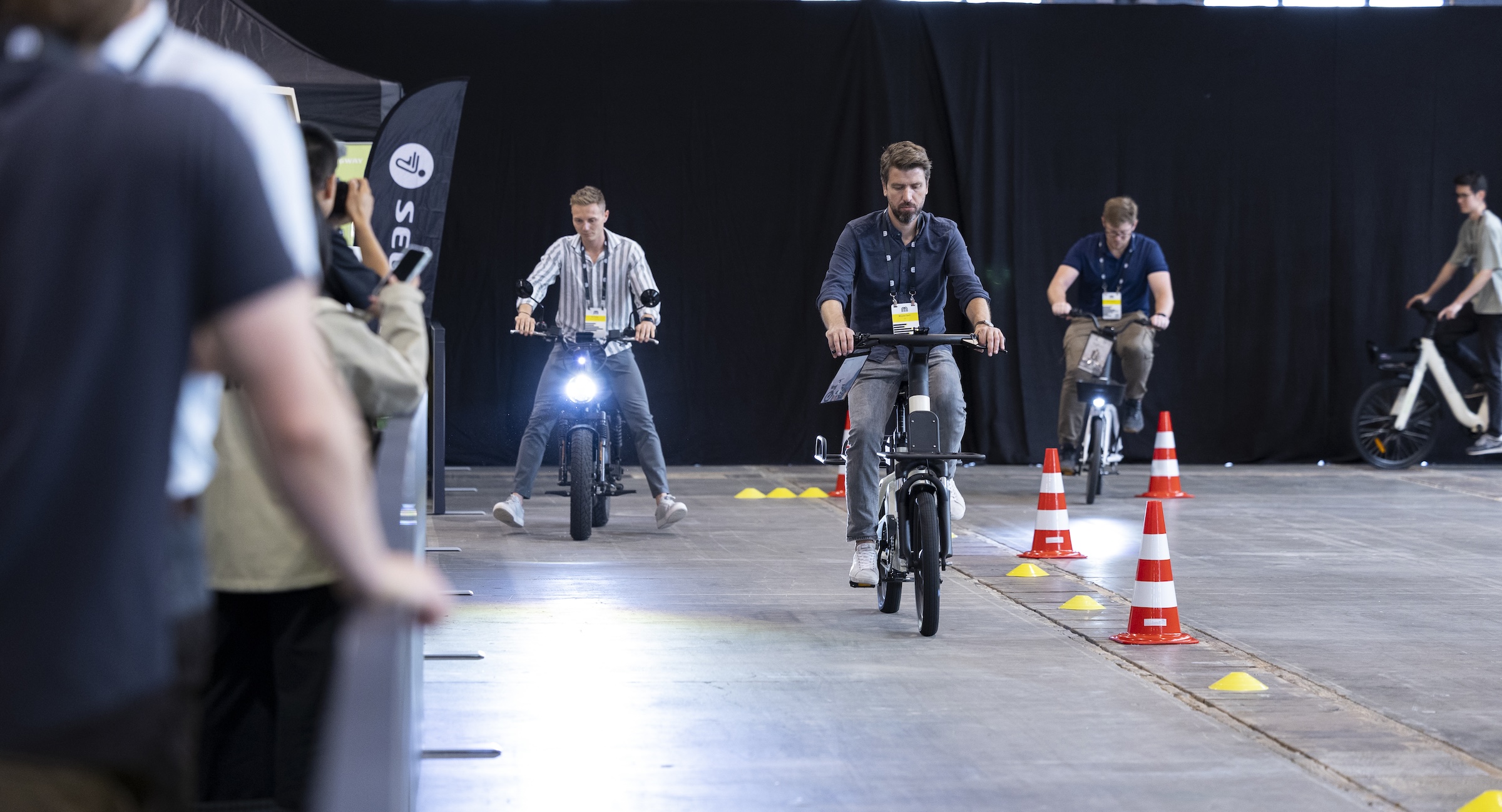When we think about mobility we tend to think about the means of conveyance, the vehicles or the tools of transport. These are the things in or on which we ride, the tangible connection to movement.
Some of us may also think about the factors that enable the journey: the roads, asphalt, parking, curbs, traffic lights, maps, rights of way, licenses, the law enforcement that keeps us polite, and the reflective street signs with their strange pictograms and fonts. Others may think about the unintended consequences of transport: the wars for energy, the emissions, the hospitals for the injured, and the mortuaries for the dead.
You may say that these factors are not what we seek when we buy a ride. These are the “enablers” or “infrastructure.” They are consequences that are not what we asked for yet are necessary for us to reach our objectives.
But the objective is what we seek. The destination and the reason to get to it—what resides there—are the true goals. The job to be done is an outcome and the enablers are the things we hire to get to that outcome.
In that sense, be aware at all times that if you want to deliver mobility, you are in the business of delivering enablers. You are selling drills while the customer wants holes in their walls. What the customer is looking for is an outcome, and that outcome may be made possible with what you are selling, but it may not be the only way of getting it.
People want to work and earn, to meet others and to entertain themselves. The transportation business thinks people want machines for movement. But what they really want is either to be close to others or, alternatively, away from others.
Let’s look at the world this way.
I’m going to list what I think are five primary outcomes that people seek from transportation. These are just a few of many.
Connection: The customer uses mobility to connect with other people. Spaces exist for this purpose and mobility allows people to go between those spaces. In the age of automobility, spaces were created to accommodate the automobile, like malls, movie theaters, fast food restaurants, and other establishments. Note that social norms such as automobile-enabled dating, cruising, and racing all arose from the hiring of cars for social connectivity.
Re-direction/Recreation: The customer uses mobility to go to new places that they may not have known about. This use-case is to satisfy wanderlust, the instinct to explore and discover. The road trip and the Sunday drive were developed to fit this outcome. So were the motel, theme park, motor camp, etc.
Activity: The customer uses mobility to escape outside. This is the idea of “going out” to break free from a sense of confinement. It is exhibited by traveling to obtain exercise and the creation of gyms. Although it is possible to exercise at home, many feel the need to travel to a second location to engage in physical activity.
Satisfaction: The customer uses mobility to feel satisfied with themselves. This is part of a sense of ownership and luxury and social signaling. Every vehicle offers a unique signal and broadcasts it in a prominent way. Cars also have creature comforts and offer pampering in a private space.
Hunt: This is basically shopping, or discovering things that can give satisfaction. These consumer items are aggregated in stores. Stores provide some sense of connection when they are themselves aggregated in shopping areas, i.e. malls.

Note that these enablers I have outlined are not “utility” jobs. These are not existential objectives, like obtaining food or work or education. Certainly the car can help with those jobs but they are higher needs.
Also, apart from the Satisfaction job, the vehicle/form of transportation is only a piece of a larger value chain to achieve these outcomes. Great investments were needed to create the auto-enabled outcomes (malls, theaters, restaurants, gyms, motels, theme parks.) Indeed the car is a relatively small part of the value captured here. We spend money on cars in order to gain access to car-enabled destinations.
So wheels are what we use to move beyond mere subsistence. They are powerful enablers indeed.
What other technologies provide access to the car’s value network? You may think of public transit, walking, or micromobility. But the outcomes I listed above were set up to capitalize on the car specifically. You cannot substitute other modes of transportation to take advantage of them. The only alternative for a car is another car.
Let me suggest a different applicant for these jobs, mobile computing. As you read this next section ask yourself: Can the smartphone compete effectively for these jobs?
Connection: The customer uses mobile computing to connect with other people. Spaces exist for this purpose and mobile phones allow people to go to them. In the age of the smartphone, new “places” were created to accommodate socializing: Facebook mainly, but also Twitter, Instagram, YouTube, and other social media platforms. Note that social norms such as “liking”, “retweeting”, "upvoting", “swiping right" and just plain clicking all arose from the hiring of smartphones for social connectivity. Facebook et al. are the result.
Re-direction/Recreation: The customer uses mobile computing to go to new places that they may not have known about. The search bar, suggestions based on tracking, and the entire ad-tech industry were developed to fit this outcome. So were clickbait, ad campaigns, content farms, etc. Google is the result.
Activity: The customer uses mobile computing to escape. Again, this is the idea of “going out” to break free from a sense of confinement. Although it is possible to exercise at home, many feel the need to exit the home to engage in physical activity and use fitness trackers to enhance this experience. Wearables are the result.
Satisfaction: The customer uses devices to feel satisfied with themselves. This is part of a sense of ownership and luxury and social signaling. The smartphone, AirPods, and Apple Watch broadcast unique signals in a prominent way. They also offer creature comforts and pampering. Apple is the result.
Hunt: This is basically online shopping: discovering things which can give satisfaction. These consumer items are aggregated in infinite online stores. Amazon is the result.
Once again, note that these enablers I have outlined are not “utility” jobs. These are not existential objectives, like obtaining food or work or education. Certainly the phone can help with those jobs but they are higher needs.
Also, apart from the Satisfaction job, phone/network is only a piece of a larger value chain to achieve these outcomes. Great investments were needed to create the phone-enabled outcomes (social media, search algorithms, suggestion engines, tracking algorithms, cloud server farms, online content.) Indeed, the smartphone is a relatively small part of the value captured here. We spend money on phones in order to gain access to phone-enabled destinations.
So phones are what we use to move beyond mere subsistence. They are powerful enablers indeed.
The point here is that two parallel universes of businesses (destinations) were created on the backs of these two enablers: the car and the phone. Both inventions satisfy many of the same jobs yet the late-coming entrant (the phone) did so by putting itself forward not as a direct technological substitution, but by creating a new world around itself. That new digital world “stole” activities from the existing physical world in the form of minutes and dollars. It also kept the old world in place to siphon from it. It did not tear it down but, in many ways, sustained it long enough to benefit from it.
So what does this have to do with micromobility?
If you believe, as I do, that micromobility represents smartphones on wheels, then the inevitable outcome will be for LEVs to create a separate universe that competes for the same jobs as both cars and smartphones. Conversely it is not about direct substitution or head-to-head competition for miles or dollars. Micromobility will be a third universe populated by new companies solving the same big jobs. It will exist in harmony with the existing universes, at least until the old ones have outlived their usefulness.
From the precedents of the car and phone, it is evident that the big value captures are not from the technologies or their provisioning, but from outcomes like Google, Apple, Facebook, and Amazon—malls, motels, gyms, and drive-in theaters.
Who will build Connecting, Re-directing, Activity, Satisfaction, Hunting in the age of micromobility?
Let’s figure this out together.

.svg)
%2Bcopy.jpeg)


.svg)












